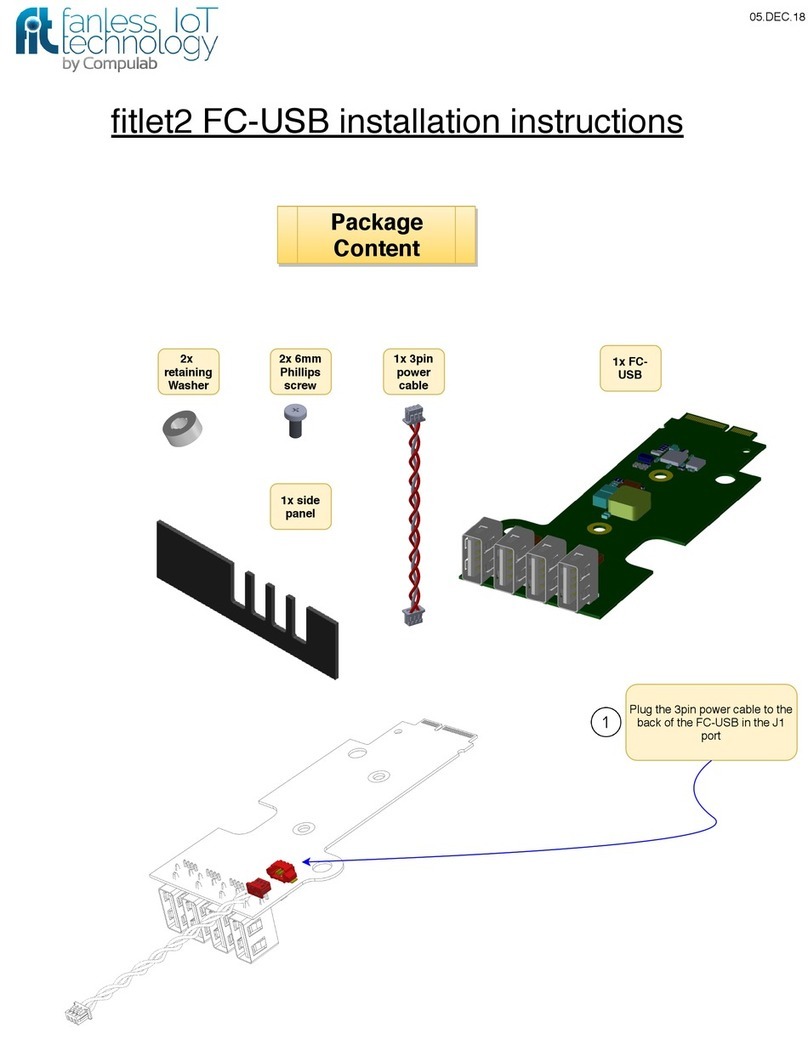
Table of Contents
Revised April 2018 CL-SOM-AM57x 3
Table of Contents
1INTRODUCTION..........................................................................................................6
1.1 About This Document..................................................................................................6
1.2 CL-SOM-AM57x Part Number Legend......................................................................6
1.3 Related Documents......................................................................................................6
2OVERVIEW ...................................................................................................................7
2.1 Highlights ....................................................................................................................7
2.2 Block Diagram.............................................................................................................8
2.3 CL-SOM-AM57x Features..........................................................................................9
3CORE SYSTEM COMPONENTS .............................................................................11
3.1 AM57x SoC...............................................................................................................11
3.1.3 Display Subsystem ...........................................................................................12
3.2 Memory......................................................................................................................14
3.2.1 DRAM..............................................................................................................14
3.2.2 Bootloader Storage ...........................................................................................14
3.2.3 General Purpose Storage ..................................................................................14
4PERIPHERAL INTERFACES...................................................................................15
4.1 Display Interface........................................................................................................17
4.1.1 Parallel Display interface..................................................................................17
4.1.2 HDMI Interface ................................................................................................18
4.1.3 LVDS Display interface ...................................................................................18
4.2 Parallel Camera Interface ..........................................................................................19
4.3 PCI Express ...............................................................................................................26
4.4 SATA.........................................................................................................................27
4.5 USB 3.0......................................................................................................................27
4.6 USB2.0 ports..............................................................................................................28
4.7 Ethernet......................................................................................................................29
4.8 Wireless Interfaces.....................................................................................................30
4.8.1 WLAN Only.....................................................................................................30
4.8.2 Dual Band WLAN & Bluetooth.......................................................................31
4.9 Analog Audio.............................................................................................................31
4.10 Digital Audio (McASP)........................................................................................33
4.11 MMC / SD /SDIO.................................................................................................34
4.12 UART....................................................................................................................35
4.13 SPI.........................................................................................................................38
4.14 I2C.........................................................................................................................39
4.15 CAN Bus...............................................................................................................39
4.16 Resistive Touch Interface......................................................................................40
4.17 HDQ / 1-Wire........................................................................................................40
4.18 Enhanced High Resolution PWM module (eHRPWM) .......................................41
4.19 Enhanced Capture module (eCAP).......................................................................41































